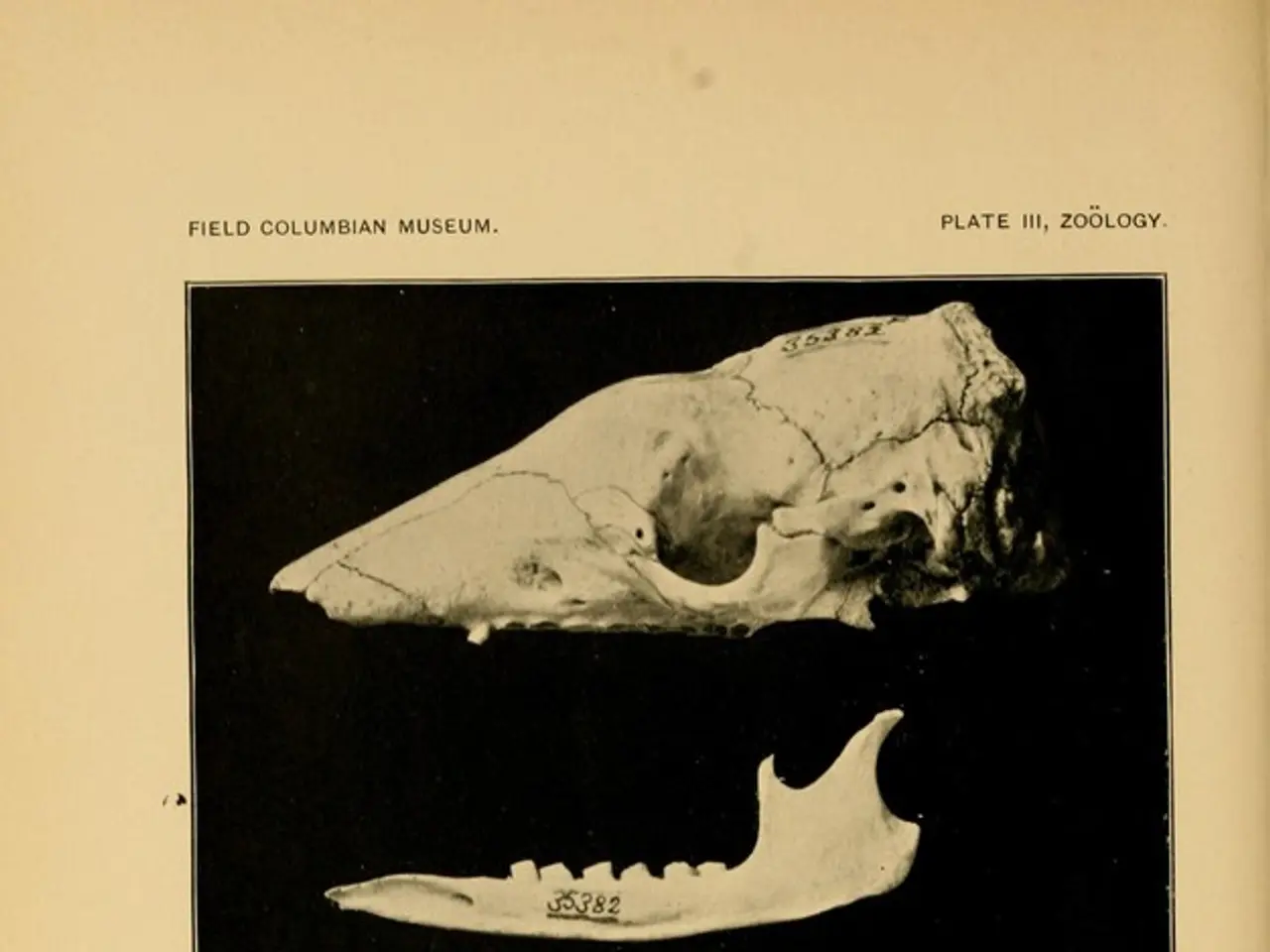Remedies and Alleviation for a Traumatized Coccyx: Discussing Treatments and Pain Management
The tailbone, medically known as the coccyx, is a crucial part of the human anatomy, providing support when we sit. However, chronic pain in this area can be a persistent and bothersome issue for many individuals. This article aims to provide an overview of the common causes, symptoms, and treatments for chronic tailbone pain, also known as coccydynia.
Chronic tailbone pain is most frequently caused by trauma or injury, often from falls or direct impact to the tailbone, prolonged sitting, poor posture, childbirth, degenerative conditions, or repetitive strain. Activities like cycling or horseback riding can cause microtrauma and inflammation around the coccyx, leading to pain. Rarer causes include infections or tumors in the pelvic or spinal region.
Symptoms of chronic coccydynia typically include pain and tenderness at the tailbone that worsens when sitting, standing, or during bowel movements, sometimes accompanied by bruising, muscle spasms, difficulty sitting and sleeping, lower back pain radiating to nearby areas, headaches, or constipation. Pain lasting more than three months qualifies as chronic.
Treatment for chronic coccydynia focuses primarily on conservative, non-surgical methods, as about 90% of patients experience relief without surgery. Physical therapy, postural adjustments, pain management, and manual therapies are typically the first line of defence. Exercises to improve posture, strengthen pelvic floor and buttock muscles, and mobilize the coccyx can reduce pain and improve function. Avoiding prolonged sitting, using padded cushions or specialized tailbone seats, and correcting posture help reduce pressure on the coccyx.
Pain management options include epidural steroid injections to reduce inflammation and nerve irritation around the coccyx, over-the-counter pain relievers or anti-inflammatory medications, and the application of pain relief gels to the skin where the pain is experienced. Manual therapies like craniosacral therapy and myofascial trigger point therapy, addressing muscle spasms and connective tissue restrictions, have been reported as helpful.
If non-surgical options have not improved chronic pain, a doctor may refer the person to a specialist to discuss options such as surgical manipulation or a coccygectomy. Healing from a coccygectomy can take several weeks. If tailbone pain becomes chronic, it may mean that a person has dislocated or broken their tailbone and may require specialist treatment.
A 2014 study reports that females are more likely to experience tailbone pain than males. Another study found that adolescents and adults are more likely to get tailbone pain than children. If your tailbone pain does not get better within 3 months and if painkillers, stretching, or steroid injections have not improved the pain, it is advisable to seek medical advice. Additionally, if you experience bruising, numbness in your back or legs, or loss of bladder control, these could be signs of serious back injuries, and you should see a doctor immediately.
In conclusion, understanding the causes, symptoms, and treatments of chronic tailbone pain is essential for managing this condition effectively. By adopting good posture, using supportive seating, and seeking medical advice when necessary, individuals can significantly reduce their chances of experiencing persistent tailbone pain.
- The coccyx, also known as the tailbone, plays a significant role in human anatomy, offering support during sitting.
- Chronic pain in this area, known as coccydynia, can stem from trauma or injury, prolonged sitting, poor posture, childbirth, degenerative conditions, repetitive strain, infections, or tumors in the pelvic or spinal region.
- Symptoms of coccydynia include pain and tenderness at the tailbone, worsening during sitting, standing, or bowel movements, occasionally accompanied by bruising, muscle spasms, sleep difficulties, lower back pain, headaches, or constipation.
- When pain persists for more than three months, it qualifies as chronic.
- Treatment for chronic coccydynia initially focuses on non-surgical methods like physical therapy, postural adjustments, pain management, and manual therapies.
- Exercises aimed at improving posture, strengthening pelvic floor and buttock muscles, and mobilizing the coccyx can help alleviate pain and enhance function.
- Avoiding prolonged sitting, using padded cushions, and correcting posture can also help reduce pressure on the coccyx.
- Pain management options include over-the-counter pain relievers, anti-inflammatory medications, pain relief gels, and epidural steroid injections for inflammation reduction and nerve irritation alleviation.
- If non-surgical treatments are unsuccessful, a referral to a specialist for surgical manipulation or coccygectomy may be considered.
- A 2014 study indicates that females are more susceptible to tailbone pain than males, and adolescents and adults are more likely to experience this condition than children.
- If tailbone pain persists for more than three months, does not respond to painkillers, stretching, or steroid injections, or is accompanied by signs such as bruising, numbness, or loss of bladder control, seeking immediate medical attention is advisable.
- Embracing good posture, using supportive seating, adopting fitness-and-exercise habits, maintaining proper nutrition, and addressing mental-health issues can help prevent chronic tailbone pain and promote overall health-and-wellness.




